New Scientist covers the latest developments in science and technology that will impact your world. New Scientist employs and commissions the best writers in their fields from all over the world. Our editorial team provide cutting-edge news, award-winning features and reports, written in concise and clear language that puts discoveries and advances in the context of everyday life today and in the future.
Elsewhere on New Scientist
All to play for • China has entered the generative AI game, with gains to be had for many
New Scientist
Giant hole opens up on sun’s surface
Does DeepSeek herald AI’s future? • The success of Chinese firm DeepSeek suggests tech companies can train and run powerful AIs without consuming vast amounts of power, finds Alex Wilkins
Are US export controls affecting China’s AI industry?
Asteroid has low chance of hitting Earth in 2032
Antarctic ice sheet may not be as vulnerable as we thought
Salamanders fill their toes with blood before each step
Vast moon ravines carved in minutes • An asteroid strike rapidly formed two valleys that are on the same scale as the Grand Canyon
Rat populations in cities are booming as the planet warms up
Analysis Health • Is recycled plastic in utensils really a big health concern? A recent scientific paper created alarm around the chemicals in black plastic utensils, but the extent to which they cause harm is up for debate, finds Chris Simms
37-dimension light shows strangeness of quantum physics
Aerial urine may help dolphins communicate
Creatine may help treat depression • The supplement showed promise alongside talking therapy for mild to severe depression
Surge in ocean heat hints climate change is accelerating
Quantum-inspired algorithm could give us better weather forecasts
Scratching an itch could help boost immune defences
Analysis Genetic engineering • Mice with two dads born – but don’t expect the same for people For the first time, mice with two fathers have survived to adulthood, but trying the same method in people would be “unthinkable”, finds Michael Le Page
Quantum spookiness illuminated • Twisted light reveals secrets of quantum entanglement’s “spooky action at a distance”
XB-1 aircraft goes supersonic for the first time
How polar bears stop ice from freezing on their fur
Muscle patch made from stem cells could treat heart failure
Tree scars reveal how wildfires in centuries past differed from today
‘Obsolete’ ear muscle may be helping us listen
The truth is out there • Increasing numbers of people believe Earth has probably been visited by aliens. That’s a societal problem, says Tony Milligan
This changes everything • Life in the fast lane The term “futurism” was coined in 1909 and went on to take an abrupt right turn. This way of thinking about the future still influences us today, says Annalee Newitz
Meltdown • Onewater Walk of Water competition
Why space rocks are hot • Hunting for meteorites can be a thrilling, high-octane business as private collectors and scientists go head-to-head, finds Chris Simms
Origin story, part one • A driven teenager up nights working on computer schemes. Could this be Bill Gates? Chris Stokel-Walker explores
New Scientist recommends
The sci-fi column • A kind of contact Would humans recognise intelligence in aliens – and would the aliens recognise it back? Two women marooned on a moon try to find out in Shroud, Adrian Tchaikovsky’s intriguing new novel, finds Emily H. Wilson
Your letters
The enemy within • A new understanding of our relationship with our gut microbes shows they might not be our friends after all, discovers Graham...
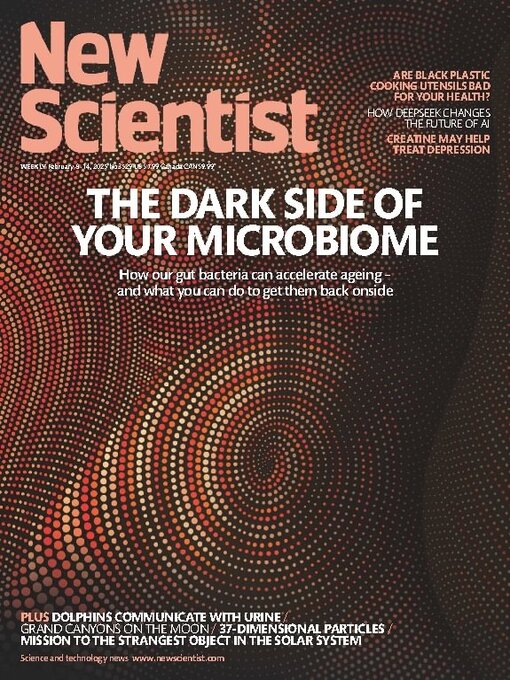
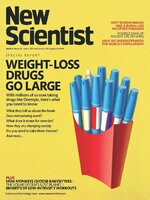 Mar 29 2025
Mar 29 2025
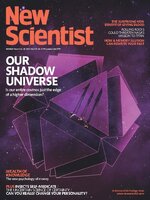 Mar 22 2025
Mar 22 2025
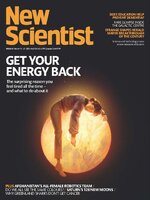 Mar 15 2025
Mar 15 2025
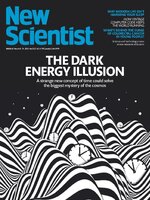 Mar 08 2025
Mar 08 2025
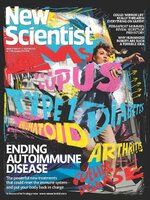 Mar 01 2025
Mar 01 2025
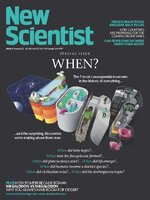 Feb 22 2025
Feb 22 2025
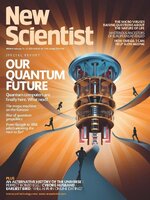 Feb 15 2025
Feb 15 2025
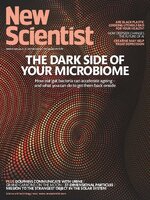 Feb 08 2025
Feb 08 2025
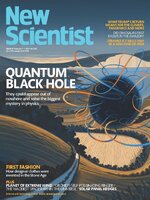 Feb 01 2025
Feb 01 2025
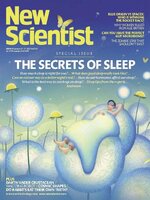 Jan 25 2025
Jan 25 2025
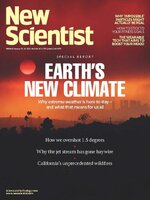 Jan 18 2025
Jan 18 2025
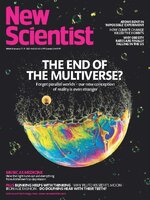 Jan 11 2025
Jan 11 2025
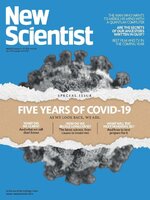 Jan 04 2025
Jan 04 2025
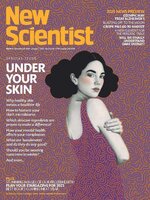 Dec 28 2024
Dec 28 2024
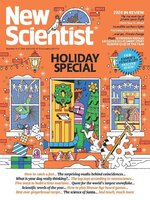 Dec 14 2024
Dec 14 2024
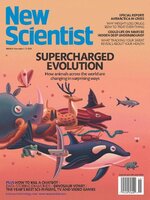 Dec 07 2024
Dec 07 2024
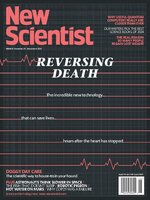 Nov 30 2024
Nov 30 2024
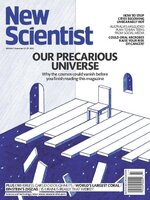 Nov 23 2024
Nov 23 2024
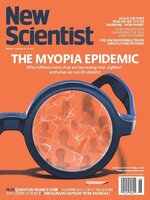 Nov 16 2024
Nov 16 2024
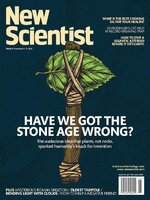 Nov 09 2024
Nov 09 2024
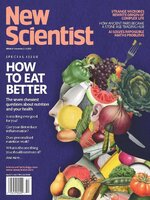 Nov 02 2024
Nov 02 2024
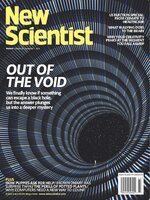 Oct 26 2024
Oct 26 2024
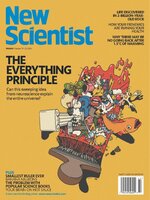 Oct 19 2024
Oct 19 2024
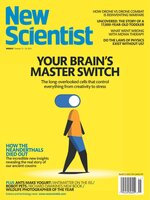 Oct 12 2024
Oct 12 2024